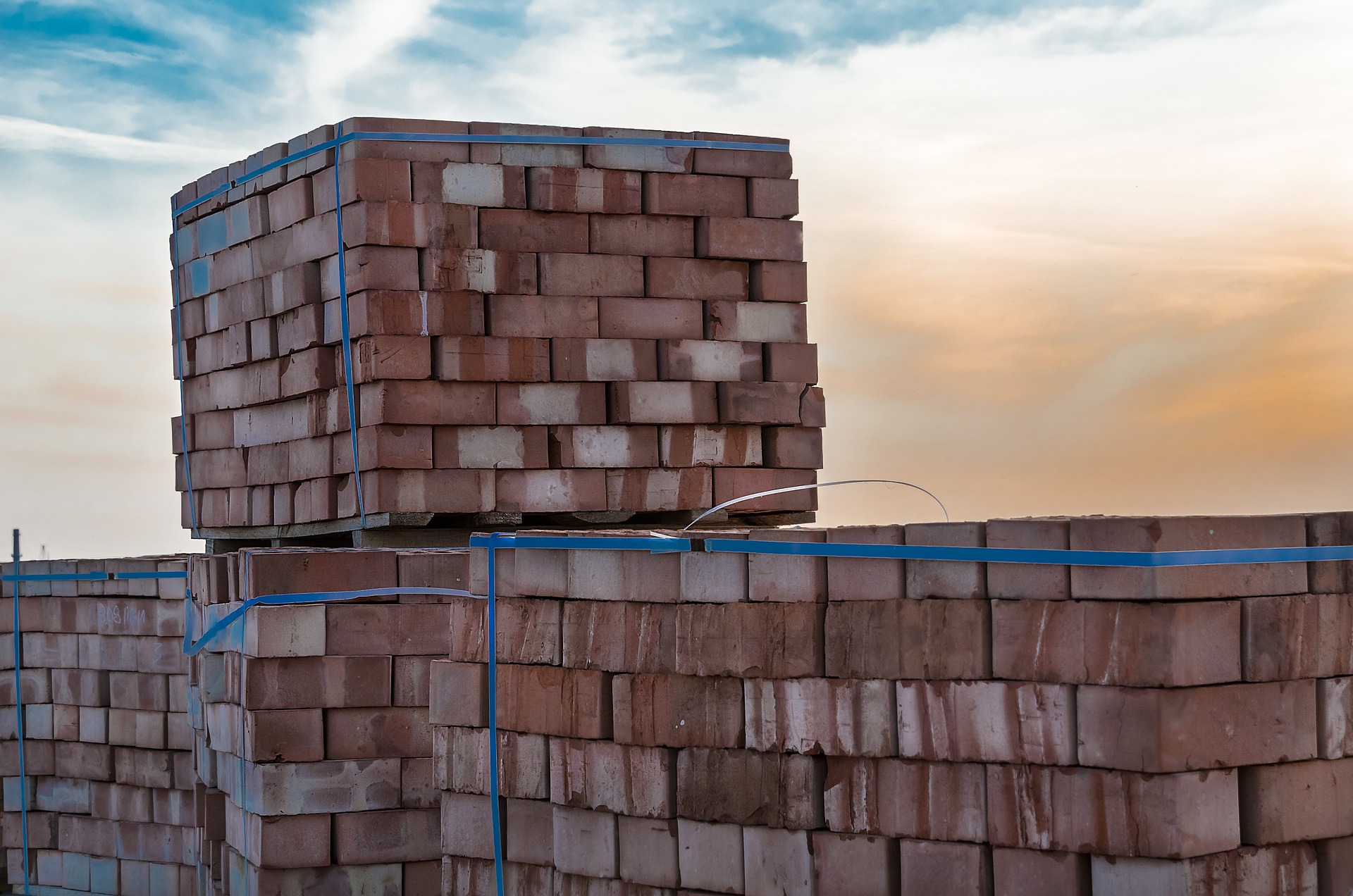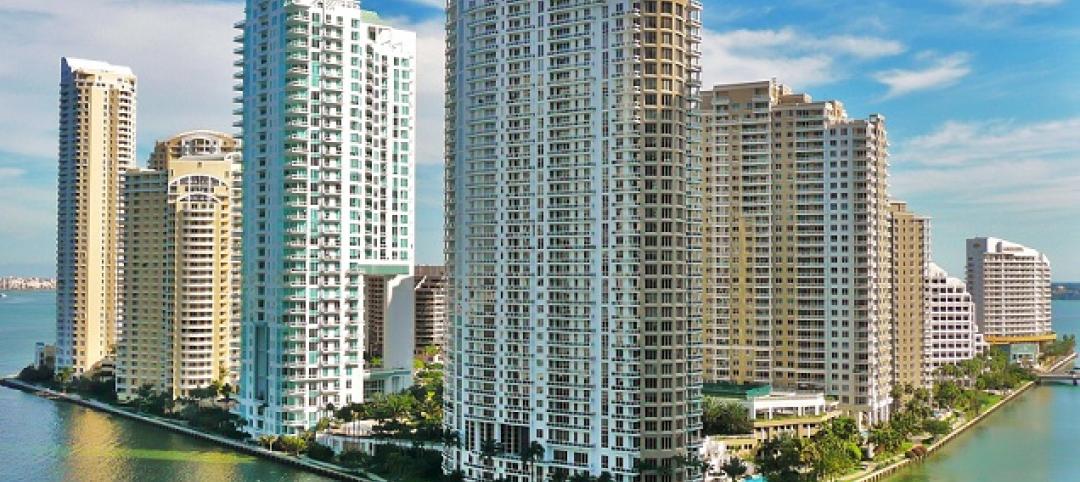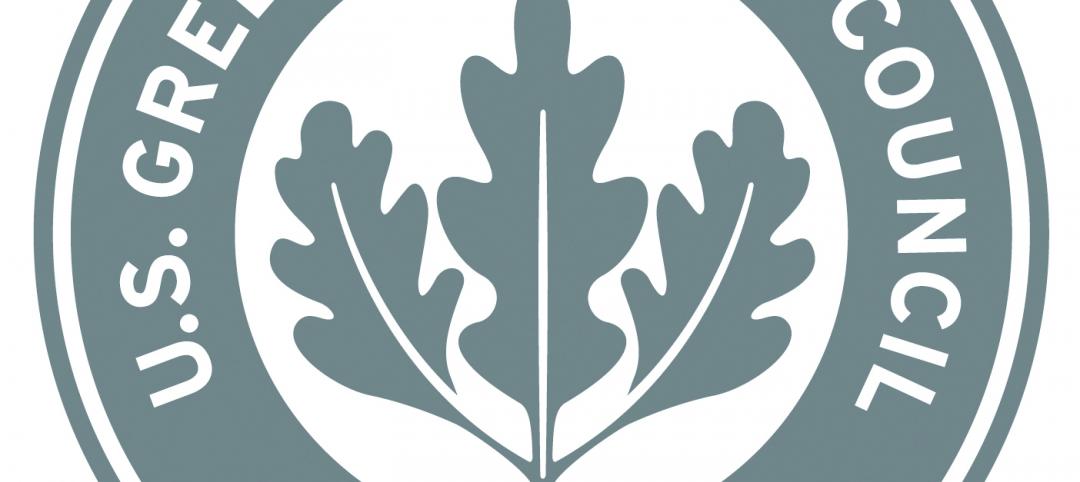The Biden Administration’s proposal on building materials rules used on federal construction and federally funded state and local buildings would significantly boost the made-in-America mandate.
In the past, products could qualify as domestically made if at least 55% of the value of their components were from the U.S. The administration intends to increase the percentage of value in stages from 55% to 60%, and then to 75%.
Implementing these rules will add complexity to sourcing materials for projects receiving federal funding. For example, a mix between U.S. and Canadian dimensional lumber for a project probably wouldn’t be allowed if the Canadian wood was processed outside the U.S. But domestically manufactured lumber made from Canadian logs would likely be acceptable.
The domestic mandate has raised concerns from construction industry groups. The National Association of Home Builders has urged exemptions for single-family and multifamily affordable housing projects. Kojo, a firm that makes materials management software for contractors, says that restricting the supply base to American-made is likely going to burden contractors who are already having difficulty sourcing materials at reasonable costs.
According to the Biden Administration, the proposed rule directs the following changes to strengthen Buy American requirements:
- “Make Buy American Real” and close loopholes by raising the domestic content threshold. The Buy American statute says products bought with taxpayer dollars must “substantially all” be made in the U.S. However, today, products could qualify if just 55%–just over half—of the value of their component parts was manufactured here. The NPRM proposes an immediate increase of the threshold to 60% and a phased increase to 75%. This proposal would close a problematic loophole in the current regulation, while also allowing businesses time to adjust their supply chains to increase the use of American-made components. If adopted, this change would create more opportunities for small- and medium-sized manufacturers and their employees, including small and disadvantaged enterprises, from all parts of the country. To support this work, the Small Business Administration has created a new manufacturing office in its federal contracting division.
- Strengthens domestic supply chains for critical goods with new price preferences. As the pandemic made clear, supply chain disruptions can impact the health, safety, and livelihoods of Americans—leaving us without access to critical goods during a crisis. Some products are simply too important to our national and economic security to be dependent on foreign sources. The NPRM proposes applying enhanced price preferences to select critical products and components identified by the Critical Supply Chain review, mandated under E.O. 14017, and the pandemic supply chain strategy called for under E.O. 14001. These preferences, once in place, would support the development and expansion of domestic supply chains for critical products by providing a source of stable demand for domestically produced critical products.
- Increases transparency and accountability in Buy American rules. Reporting challenges have hampered implementation of Buy American rules for decades. Currently, contractors only tell the government if they meet the content threshold rather than reporting the total domestic content in their products. The NPRM proposes to establish a reporting requirement for critical products. The new reporting requirement would bolster compliance with the Buy American Act and improve data on the actual U.S. content of goods purchased. More complete and accurate data would be used to target future improvements to support America’s entrepreneurs, farmers, ranchers, and workers— and along the way, create good jobs and resilient communities.
Learn more about the Buy American Rule at Whitehouse.gov.
Related Stories
| Nov 29, 2012
Storms like Sandy highlight the need for stricter codes, says insurance expert
Experts on insurance, weather, and catastrophe modeling say the role of climate change in Hurricane Sandy and future storms is unclear.
| Nov 29, 2012
Quake simulation to test concrete building's strength in California
Researchers aim to gauge how buildings constructed with reinforced concrete withstand an earthquake by conducting a simulation test at a two-story building built in the 1920s in El Centro, Calif.
| Nov 26, 2012
Questions linger over ability of Miami's newer high-rises to withstand hurricanes
Some towers in Miami, rebuilt after a hurricane in 2005, were allowed to be constructed under older building codes instead of newer ones created after Hurricane Wilma.
| Nov 26, 2012
Changes in development and building standards needed for health of Potomac River
The Potomac River’s health stands to suffer if the region does not change its development and building standards, according to the Potomac Conservancy.
| Nov 16, 2012
South Dakota prefers LEED over building code on state projects
“(LEED is) much better than a mandatory building code because you get a little wiggle room in these projects,” said Mike Mueller, a spokesman for the South Dakota Bureau of Administration.
| Oct 18, 2012
Princeton, N.J. residents upset over proposal to exempt colleges from land use laws
Princeton, N.J. residents criticized proposed legislation that would exempt private colleges and universities from following local land use laws for construction projects.
| Oct 11, 2012
Morristown, N.Y., settles code violation dispute with Amish
The town of Morristown, N.Y., has dropped charges of building code violations against local Amish communities to settle a First Amendment complaint.
| Oct 11, 2012
Mesquite, Nev., rebels against state-mandated energy code
The city council of Mesquite, Nev., voted against adopting a new energy efficiency code adopted by the state.
| Oct 11, 2012
Bloomingdale, N.J., restricts ground solar and wind energy installations
The borough of Bloomingdale, N.J., recently adopted regulations for solar-energy and wind energy systems.
| Sep 20, 2012
Smithtown, N.Y. considers bigger fines for building code violations
After a Suffolk County grand jury recommended stiffer fines for illegal demolitions, Smithtown, NY officials are weighing tougher penalties for developers who violate the town building code.














